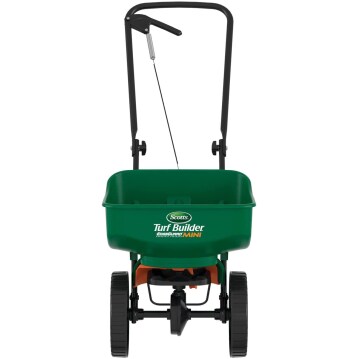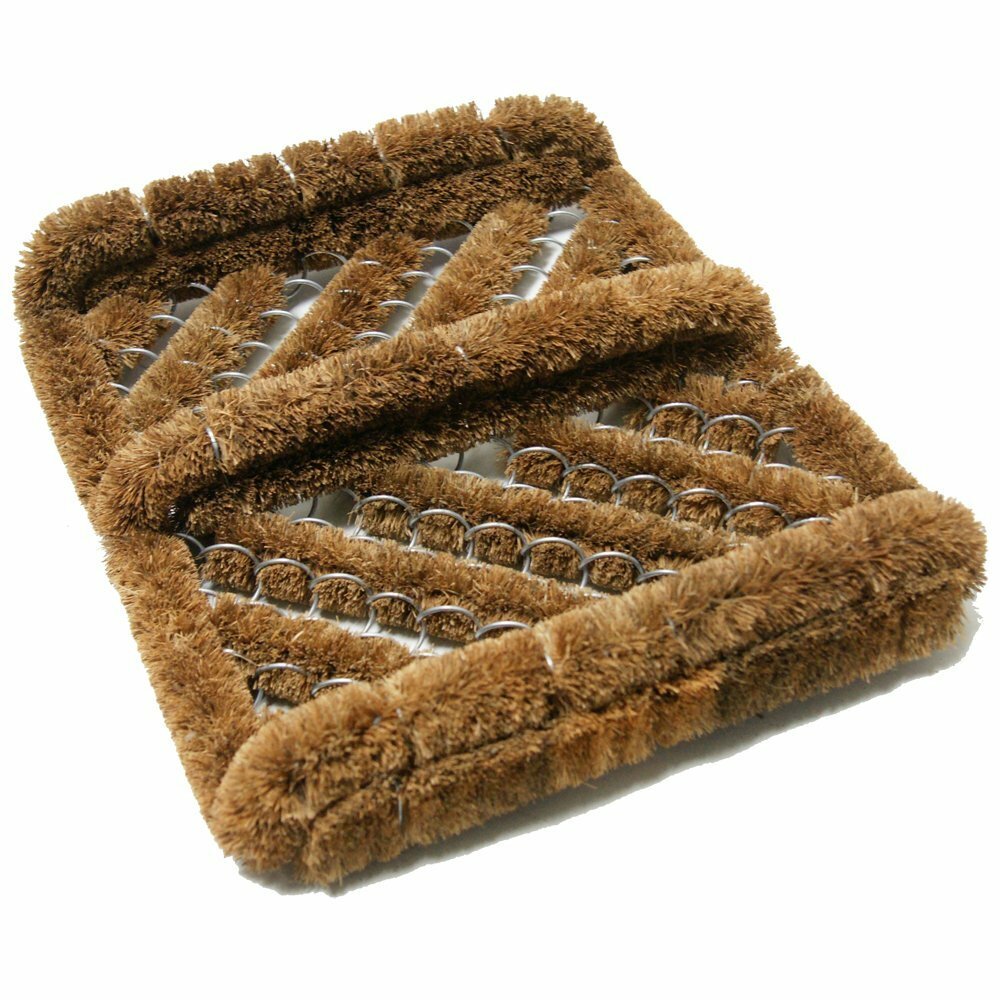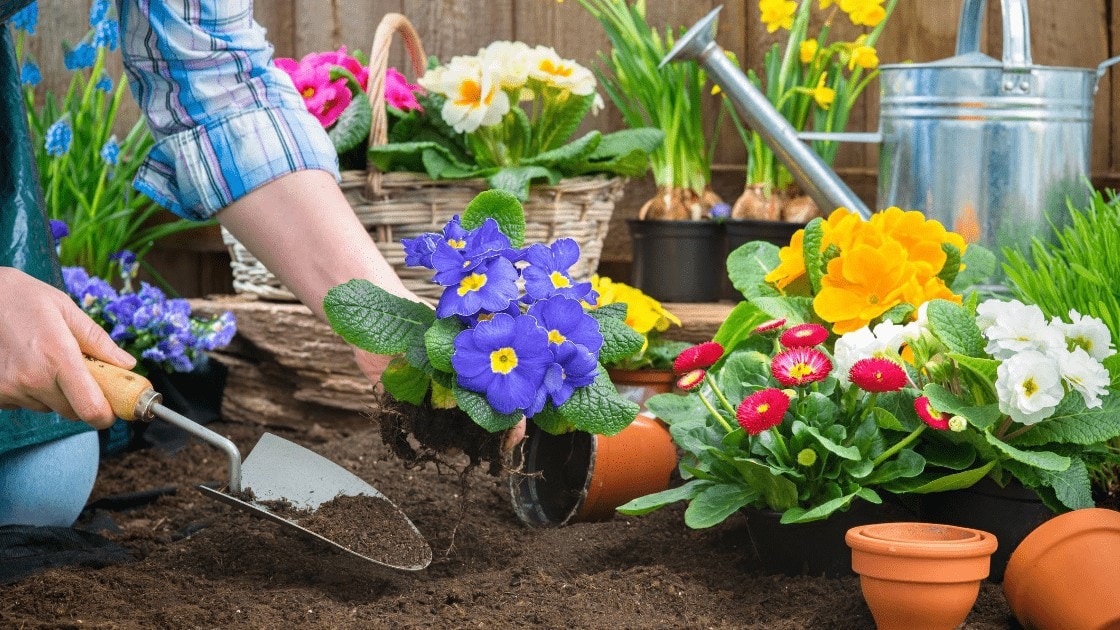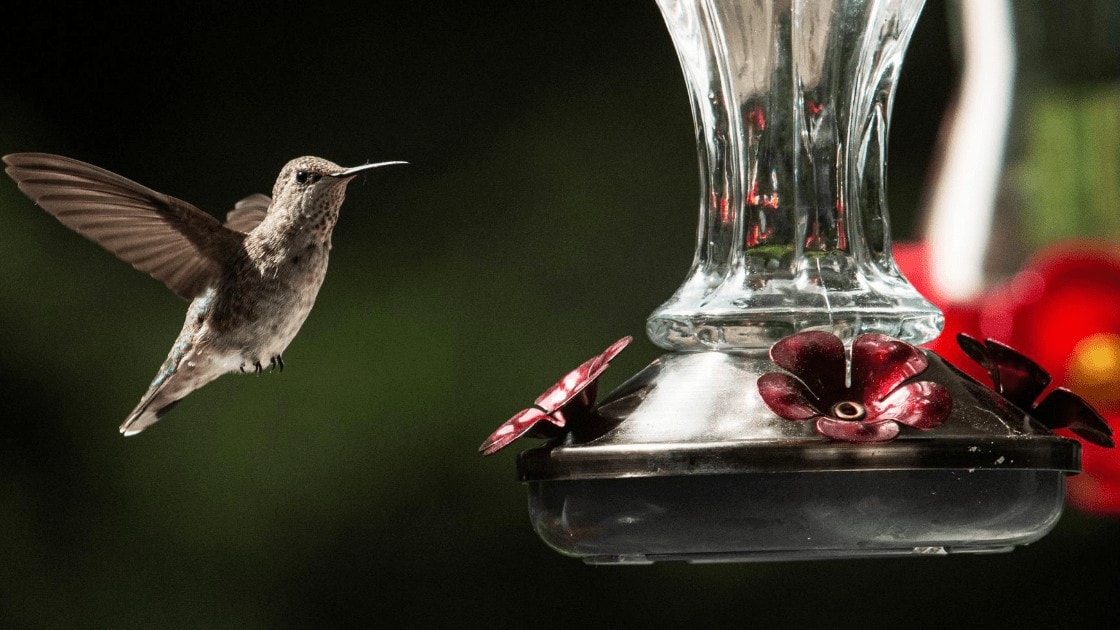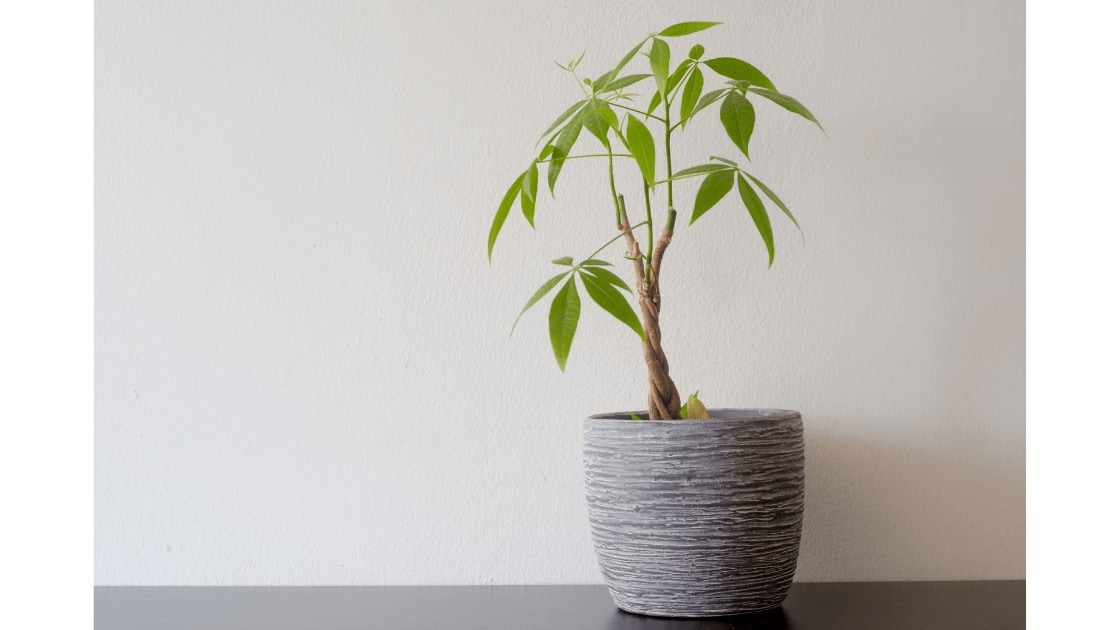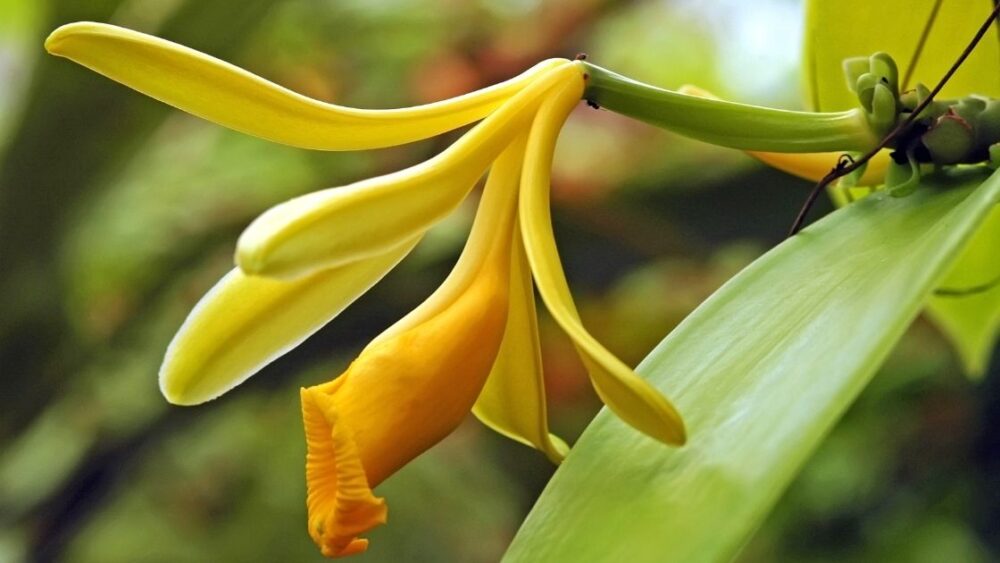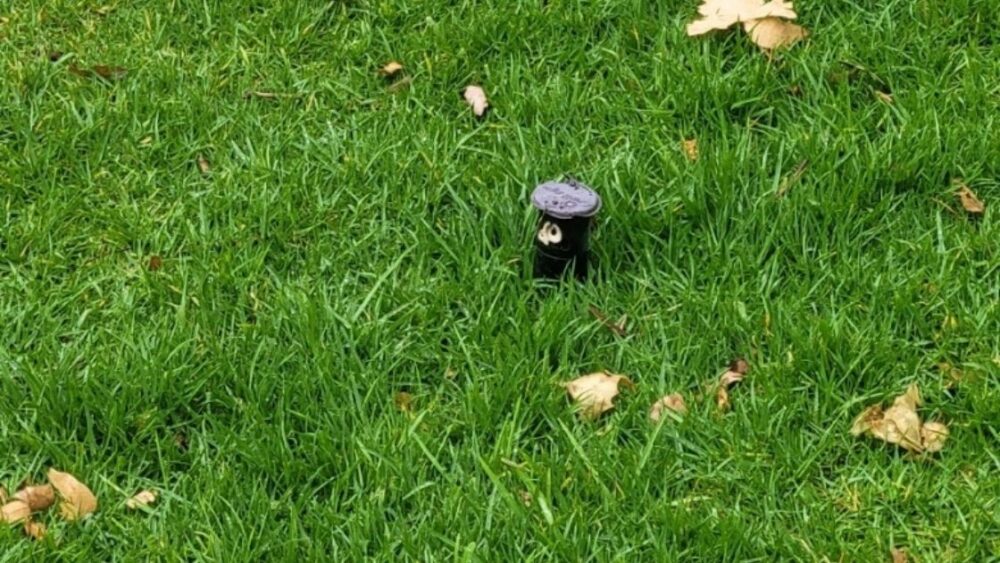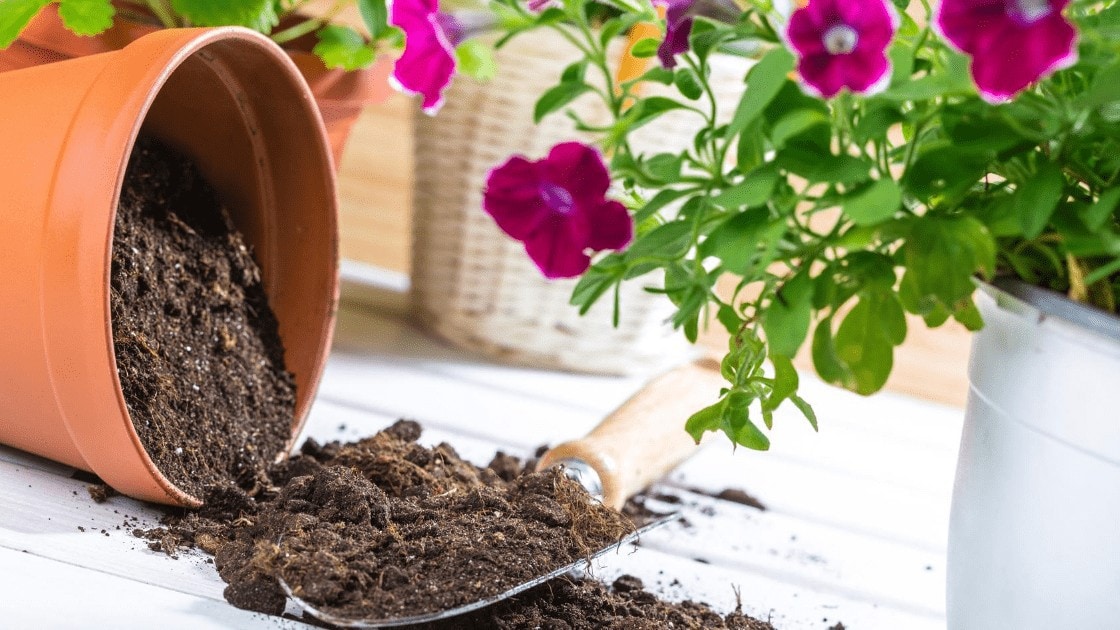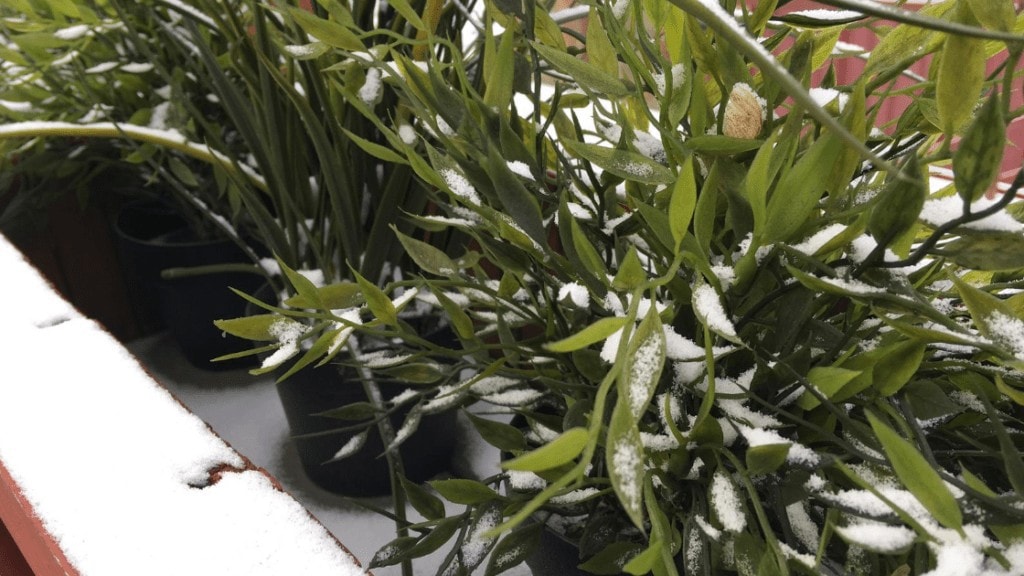
Choosing the Right Plant Based on Where You Live
Before you get into the problem of helping your plants – especially outdoor garden or yard plants – survive a harsh winter, consider where you live. Do you have a lot of snow and deep freezes? Do you get adequate sunlight? Or is it gloomy, wet and gusty?
Refer to the USDA Plant Hardiness Zone Map and choose the right plants for where you live – it’s the key to avoid disappointments. If you plant a garden full of fall perennials in a cold, harsh environment, don’t be disappointed if some of them fail to survive the winter, regardless of what you do to protect them.
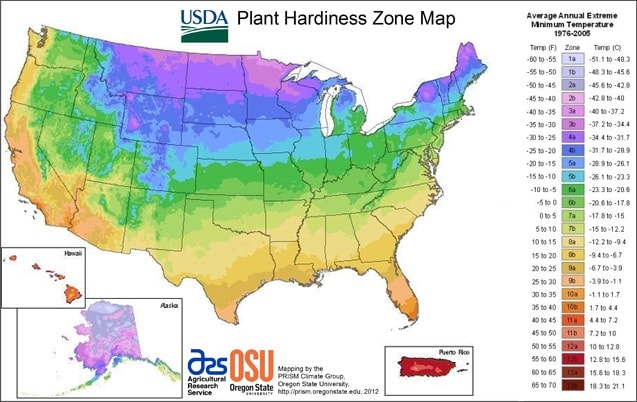
Click Here for USDA Plant Hardiness Zone Map.
Browse our Affiliate Products
You can easily find a list of hardy plants that are commonly known – Cornflower, Lily of The Valley, Winterberry, Coral Bells, Pansies, Peonias, Hostas, Primrose, so on and so forth. You need to select ones that work for you, along with bulbs and perennials that bloom in the spring.
If you choose plants that have evolved to survive in your climate zone, you are automatically off to a good start. These plants have developed a stronger form of antifreeze or some unique way of dealing with desiccating winds. Which brings us to the question of – why do plants struggle and sometimes die in the winter?
The Dangers of a Harsh Winter
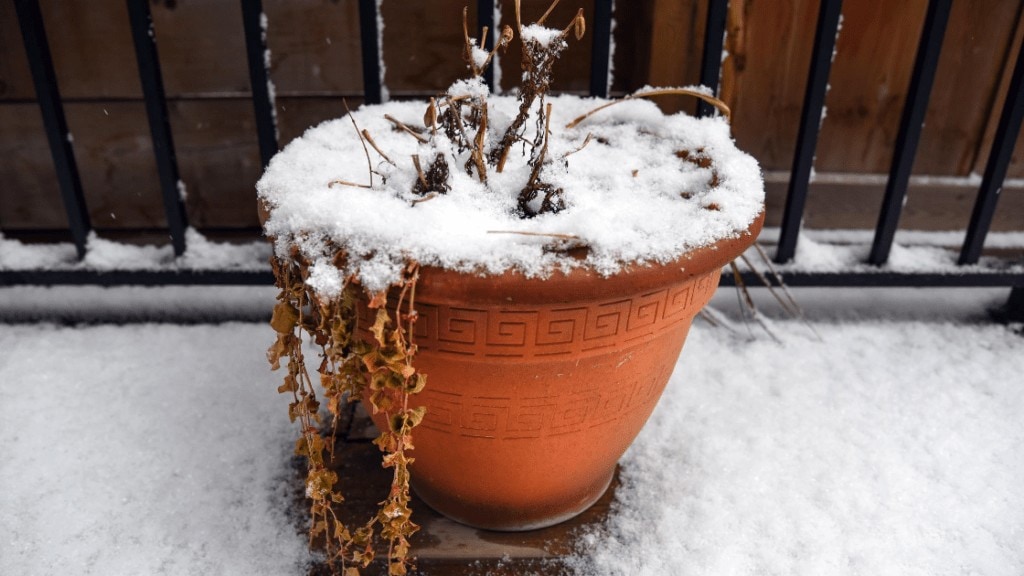
During a particularly harsh winter, especially if the temperature drops below 20o F (-6o C), there are some common malaise’s that can overcome plants, including:
A) Ice Crystal Formation in Cells: Plants protect themselves by concentrating solutes such as sucralose that reduce the freezing point within individual cells. However, if the temperature drops below that critical point, the water within the cells can freeze into ice crystals. The crystals then puncture through the membranes, leading to widespread cell destruction. The result is a droopy, soaked and likely dead plant when the weather warms up again.
B) Inter-cellular Ice Formation: Besides what goes on inside cells, plants also produce “antifreeze proteins” to protect the spaces between their cells. Unfortunately, extreme cold can also lead to freezes in that inter-cellular corridor. This in turn means that the plant’s metabolism will come to a grinding halt as the plant desiccates and its extremities dry up.
The better acclimated your plants are too harsh, cold weather, the better off they will be in tackling winter conditions. But even so, every bit of support helps. What can you do?
Taking Care of Outdoor Plants During the Winter
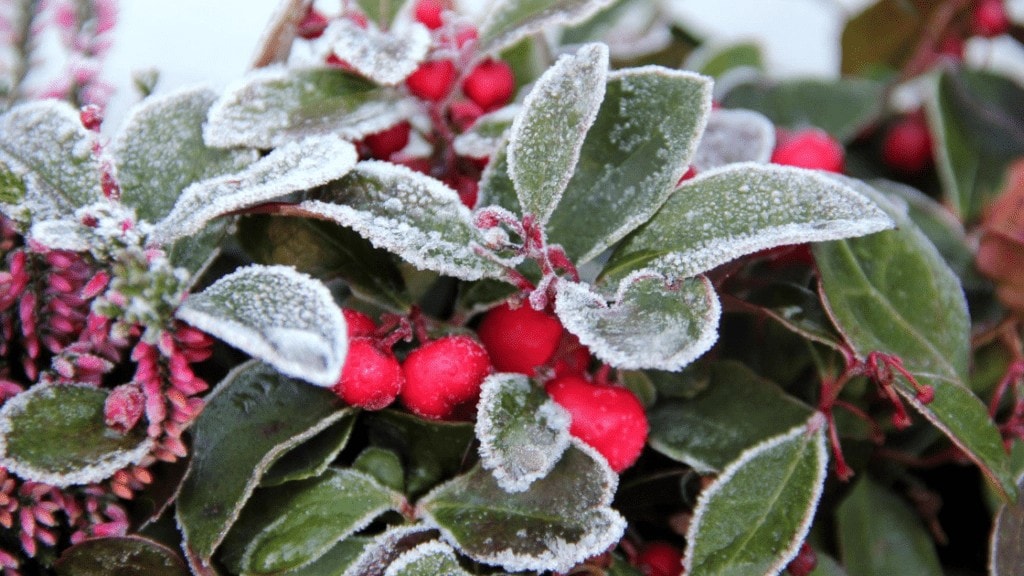
A) Prepare the Groundwork: Preparation is key to surviving the winter with healthy plants. Check your garden hoses and irrigation systems for water trapped inside at the onset of cold weather. That is the way to avoid freezes. Also, decide which plants you are going to invest in before embarking on a wholesale initiative to protect your outdoor plants. One strategy may be to concentrate on plants that will flower in the spring. Get rid of fall perennials and any mulching that remains from the fall. If there are dead or dying plants, get rid of them. Not only will this save unnecessary work, it will help you prepare the soil better and prevent diseased or dying plants from infecting the ones that are worth saving. Once you have identified your survivors, move on to the steps below.
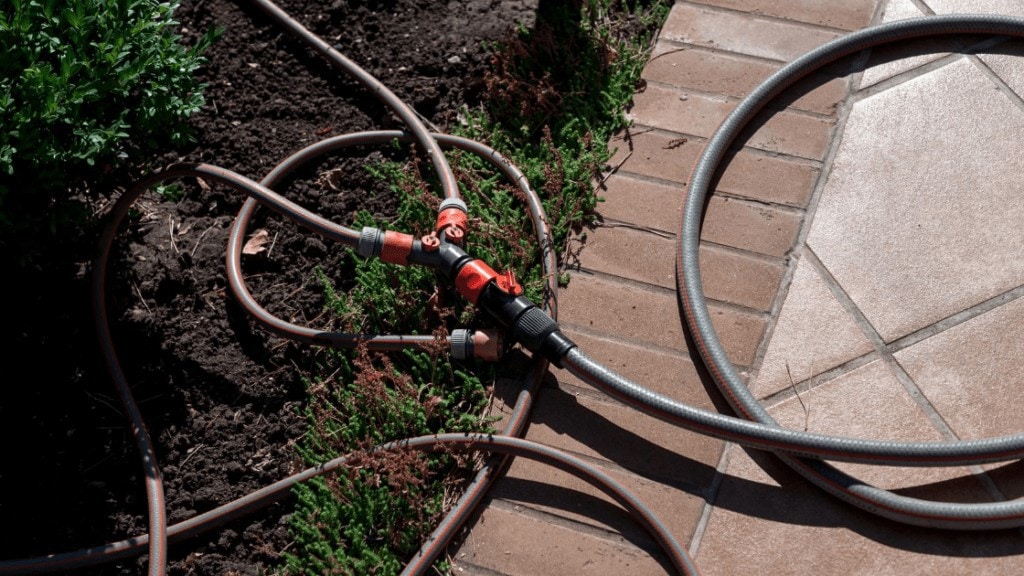
B) Use Mulch Generously: Mulching properly can be taken to an art, or a science based on how you look at it. Mulching is simply the process of providing ground cover so that the plant roots retain moisture and warmth, without being exposed to too much water or freezing cold. You can achieve this with something as simple as a tarp laid around the base of the plant, or you can use organic mulch such as wood chips or straw. Organic mulch will decompose and release nutrients into the soil. Mulching is a must, especially to protect younger plants that have been planted within the last year and are not fully established. There are some general rules. Get rid of old mulch from the autumn and lay new mulch 3 inches deep around the zone where water sources (whether natural or a drip line) lie. Take care to leave a 2 inch space open around the stem – this will allow air to circulate and prevent root rot. Finally, mulching requirements vary from plant to plant. Rose bushes, for example, needs 12 to 18 inches of soil raked around its base to help protect their crowns. For flower beds and perennials, provide cover using a 6 to 8 inches layers of wood chips or straw.
C) Use Covers, Screens, Frames and Props: Outdoor plants may need to be covered with blanket or burlap at night, all the way down to the roots, to protect them from extreme cold. These precautions should be taken before a hard freeze arrives in your area. Take the covers off during the day so the plant gets necessary sunlight. In some cases, it may be a good idea to erect frames around the plant. Using straw to fill gaps in chicken wire, for example, can protect the plants from cold winds. You can use more specific techniques to protect tall trees or shrubs. For example, use twine to tie tall shrubs together so their branches don’t splay or break off during snowfall. Prop up branches of trees with stakes so they don’t break from the excess weight of snow. Frost barrier fabrics may be needed to protect fruit trees in spring.
D) Wrap the Trunks and Barks: Tree trunks are especially vulnerable during the winter. Cracks or splits in the bark could usher in fungus and diseases. Sun scalding is also a frequent problem. Special care must be taken to protect the trunks, in addition to mulching and using covers and screens. Use whitewash or wrap burlap around trunks. Screens, covers and trunk covers should be concentrated on the southwest facing sides of a plant or tree.
E) Provide Adequate Moisture but Do Not Over-water: Moist soil is warmer than dry soil. The key, though, is to have adequate (but not too much) water, and to use all means of covering the ground and the plants themselves. Many plants hibernate or go dormant during the winter, so their metabolism is not high enough to absorb and use too much moisture – over-watering will lead to root rot and other problems. Once the plant is protected from hard freezes, use a drip line if necessary, to control the quantity and timing of moisture released into the soil.
F) One Size Doesn’t Fit All: As the above examples show, there are some general principles to be followed when protecting plants during the winter, but you must take care to differentiate plants by species and what condition they are in coming into the winter. Care must be customized to the specific plant, shrub or tree you are trying to protect.
G) Take Plants Indoors if Needed: Once the other steps have been tried and/or taken, you can consider moving some of your plants inside. However, you need to be judicious. Indoor plants get less sunlight and rain – plants that have been struggling throughout the year are unlikely to do well indoors. Also, make sure you only take healthy plants inside, disease and/or rot will spread to the other houseplants and cause further damage. Finally, there are space considerations when caring for plants indoor. Consider not bringing in the whole plant, but rather just cuttings of it. That way, you will stand a better chance to provide adequate care for the plants you care for indoors.
Or you can always purchase a green house to protect your outdoor plants as shown below. For continued reading on green houses, check out this article. Why Buy a Greenhouse? Plus 12 Benefits Of Owning One.
Taking Care of Indoor Plants During the Winter
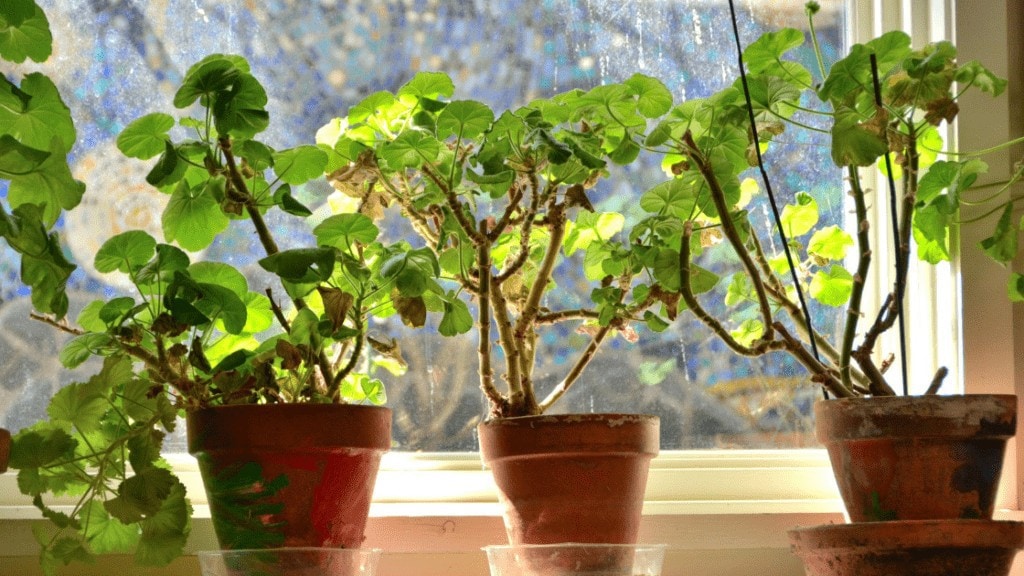
As evident from the points mentioned above, plants do not require too much water during the winter – they often hibernate or slow down their metabolism. Caring for houseplants is easier, since they are not directly exposed to harsh elements. Also, indoor plants are typically nurtured in pots or racks, making it easier to control the quality of the soil and its nutrients. Maintaining plants indoor boils down to a few critical points of attention. You should provide adequate humidity without inundating the plants in moisture and ensure that the plants receive adequate sunlight. These points are elaborated upon below.
A) Avoid Over watering House Plants: Typically, a little water every 10 to 12 days might be adequate to provide enough moisture to plants during the winter. While you should be on the lookout for plants drying out, the surface of the soil is not necessarily a good indicator of when to water next. Soil surfaces dry out quickly during the winter, that does not mean there’s no moisture below. In fact, what you should focus more on are classic signs of over-watering – such as moldy soil, yellow leaves or bugs being attracted to rotting plants.
B) Maintain Humidity: One point that must be noted is that the average household is 10-20% more arid during the winter due to heating systems going full blast. Plants can suffer – they need care just like humans with dry, itchy skin. Solutions could include a humidifier, though the impact may vary based on the number of plants being cared for. Another solution is to lay down a tray filled with pebbles and shallow pools of water, then place the pots holding the plants on top. The evaporation from the tray below will keep the plants humid. Since plants themselves evaporate moisture when they transpire, you should group your plants together to create a humid atmosphere. If you choose a room with a natural source of moisture (e.g. kitchen or bathroom) you have an optimal Eco-system in place.
C) Move Plants Towards Sunlight During Daytime: One of the major problems while nurturing plants during the winter is adequate sunlight. Plants should be moved to rooms with south and west facing windows and placed next to the brightest windows to catch as much sunlight as possible during the day. Keep the windows clean so the light is not getting blocked. Finally, make sure to rotate the plants periodically to ensure that leaves on all sides get adequate light.
Those In-Between – The Patio Plants
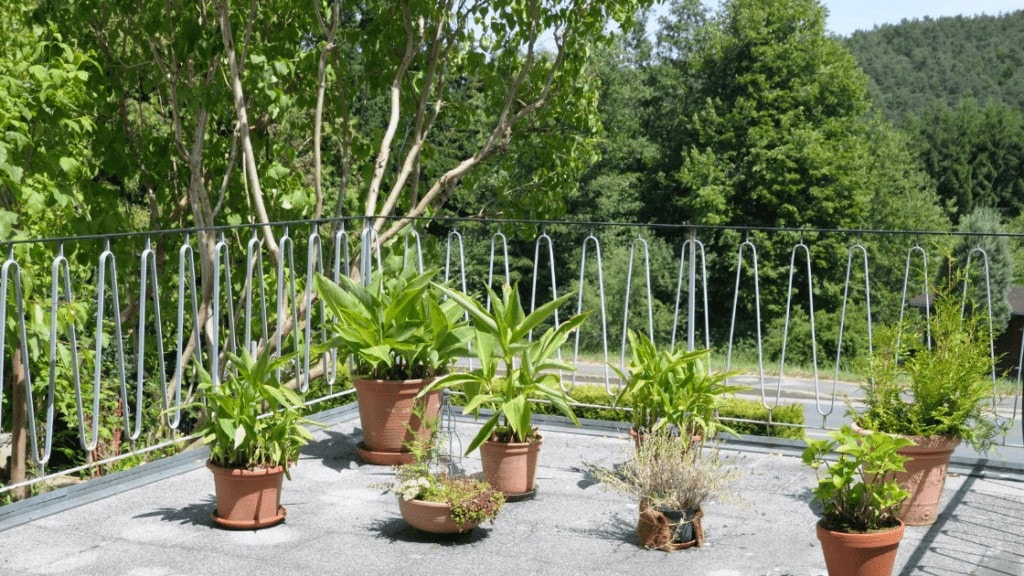
Some houses may have the ability to place plants in sun-rooms or covered patios. These are great for medium to large size plants. You can set up racks around a wall getting the maximum exposure to sunlight. By definition, plants placed in such areas enjoy a greenhouse effect, with a better maintained mix of warmth and humidity. You can certainly keep individually potted plants in that area, but if space is limited, use the longer racks to house transplanted, larger outdoor plants that need more space and might be harder to care for deep inside the house.
In Conclusion…
Taking care of plants during the winter poses some challenges. However, as explained above, most of it comes down to understanding the nature of the plants you choose to keep alive, the harshness of the weather pattern in your area and being focused on providing adequate moisture and sunlight. The keyword is “adequate”. Plants need less water during the winter, and too much sunlight can cause sun scalding. Bring some plants indoors if necessary. With a few simple rules and some targeted attention, your plants will get through winter absolutely fine and be prepared to reward you with a full bloom come spring.


